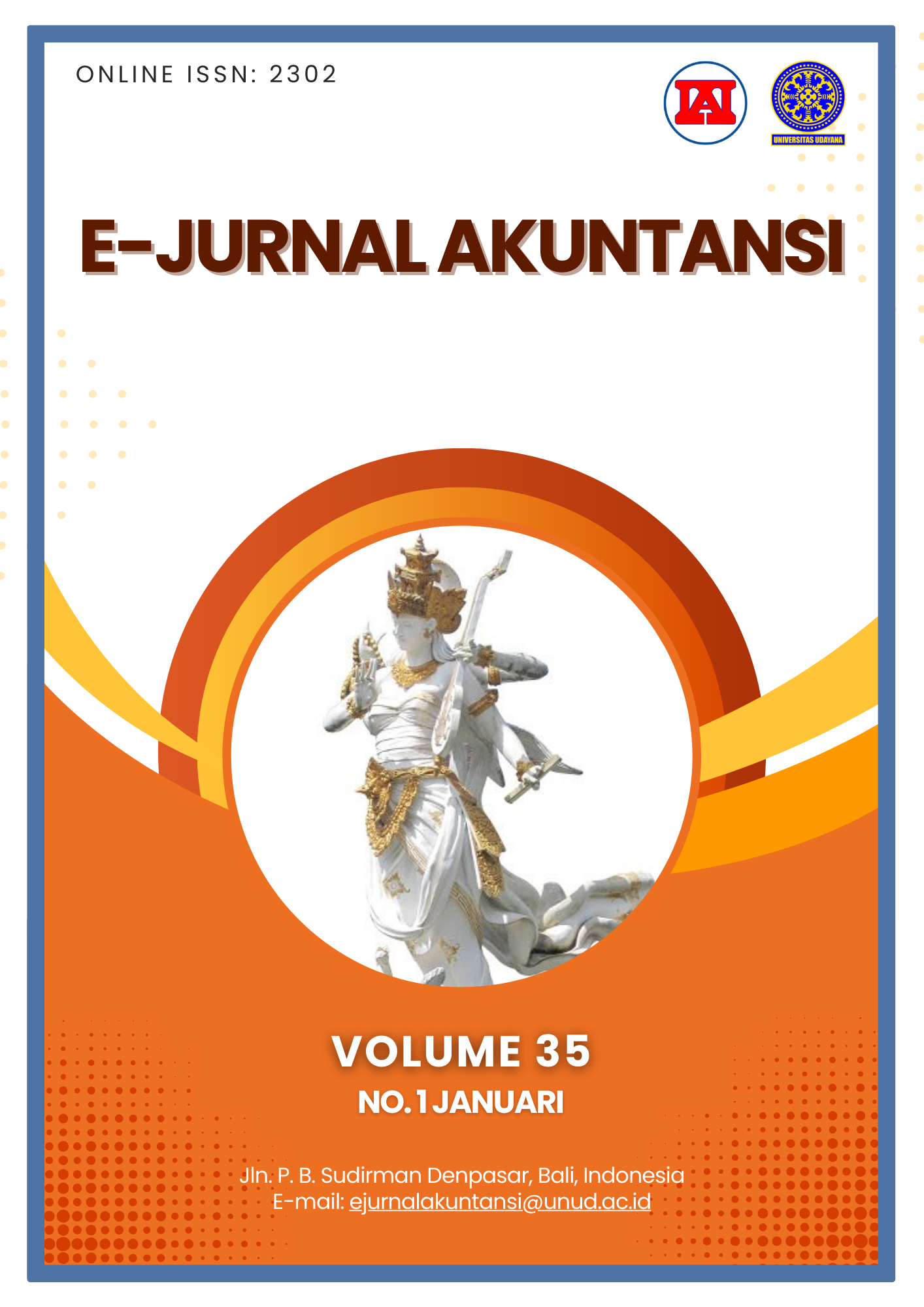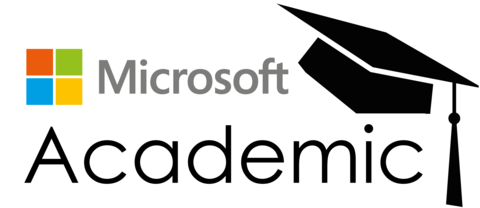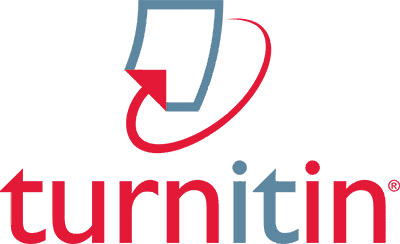QRIS Adoption as a Cashless Transaction: A Case Study of Meatball Seller in Makassar City
Abstract
The previously free QRIS adoption now incurs fee of 0.3% for small businesses and 0.7% for medium and large businesses, as determined by Bank Indonesia. This phenomenon has sparked debates and divided opinions among meatball traders in Makassar City. As a metropolitan city in Eastern Indonesia, Makassar is the city with the largest population of MSMEs compared to other cities in Eastern Indonesia. Despite the Trade Department’s efforts to promote QRIS, many meatball traders in Makassar city have not adopted it. This research aims to analyze the perceptions of meatball traders regarding their interest in implementing cashless through adopting QRIS as a potential for expanding sales and reducing manual errors in cash calculations. This qualitative research involved informants (16 buyers and 20 meatball sellers), in research data analysis techniques using the help of NVivo software. The research results found that QRIS adoption provides various conveniences, security and expands customer reach as well as increases efficiency in the cashless business transaction process.
Keywords: QRIS Adoption; Cashless; Meatball Seller; Makassar City
Downloads
References
Alfiandi, N., Rahma, T. I. F., & Inayah, N. (2024). Pengaruh Pengetahuan dan Manfaat Standar Quick Response Code Indonesia (QRIS) terhadap Penggunaan Dompet Elektronik di Kalangan Pelajar FEBI UIN Sumatera. RUBINSTEIN, 2(2), 84–93. https://doi.org/10.31253/RUBIN.V2I2.2821
Anzhari, A., Hasanuddin, A., Remmang, H., & Hasanuddin, A. (2024). Transformasi Pembangunan Ekonomi Berbasis Kerakyatan dalam Pemberdayaan Usaha,Mikro, Kecil dan Menengah (Study Kasus Kota Makassar). Economics and Digital Business Review, 5(2), 687–700. https://doi.org/10.37531/ECOTAL.V5I2.1619
Ardana, S. G., Shafa Luqyana, A., Ayu, I., Antono, L., Rahayu, R. P., Qonita, L., Zahra, S. A., & Alsyahdat, F. (2023). Efektifitas Penggunaan QRIS bagi Kalangan Mahasiswa UNNES untuk Transaksi Pembayaran dalam Rangka Mendorong Perkembangan Ekonomi pada Era Digitalisasi. Jurnal Potensial, 2(2), 167–183. https://jurnalilmiah.org/journal/index.php/potensial/article/view/547
Assyakurrohim, D., Sirodj, R. A., Afgani, W., Raden, U., & Palembang, F. (2023). Metode Studi Kasus dalam Penelitian Kualitatif. Jurnal Pendidikan Sains Dan Komputer, 3(01), 1–9. https://doi.org/10.47709/JPSK.V3I01.1951
Ayanwale, M. A., & Ndlovu, M. (2024). Investigating factors of students’ behavioral intentions to adopt chatbot technologies in higher education: Perspective from expanded diffusion theory of innovation. Computers in Human Behavior Reports, 14, 100396. https://doi.org/10.1016/J.CHBR.2024.100396
Bagaskara, D. Y., & Rohmadi. (2024). Analisis SWOT Pembiayaan Murabahah pada Lembaga Keuangan Syari’ah di Indonesia : Studi Pendekatan NVIVO dan Literatur Review. Jurnal Asy-Syarikah: Jurnal Lembaga Keuangan, Ekonomi Dan Bisnis Islam, 6(1), 87–98. https://doi.org/10.47435/ASY-SYARIKAH.V6I1.2660
Chrisetya Putra, V. A., Prasetya, F. H., Harnadi, B., & Widiantoro, A. D. (2023). Financial Technology with QRIS Payment System for Entrepreneurship Locker. SISFORMA, 10(1), 7–13. https://doi.org/10.24167/SISFORMA.V10I1.5707
Dwiantari, S., Permanasari, R., & Puspitasari, W. (2022). Penggunaan Aplikasi E-Wallet Sebagai Sarana Pembayaran Transaksi Bisnis Kuliner pada Masa PPKM Kota Semarang. Jurnal Stie Semarang, 14(1), 44–47. https://doi.org/10.33747
Fauziah, I., Yuliyanti, D., Maula, N. S., & Destiana, R. (2024). The Influence of Perceived Convenience, Perceived Usefulness, and Perceived Risk on the Use Of QRIS to Increase MSMEs Income. International Journal of Business, Law, and Education, 5(2), 1689–1701. https://doi.org/10.56442/IJBLE.V5I2.716
Firmansyah, A., & Warsono, S. (2022). Analisis Penerimaan Learning Management System Akuntansi Terintegrasi menggunakan Pendekatan Utaut yang Dimodifikasi dan Teori Difusi Inovasi. ABIS: Accounting and Business Information Systems Journal, 10(3). https://doi.org/10.22146/ABIS.V10I3.79050
Gunawan, A., Fatikasari, A. F., & Putri, S. A. (2023). The Effect of Using Cashless (QRIS) on Daily Payment Transactions Using the Technology Acceptance Model. Procedia Computer Science, 227, 548–556. https://doi.org/10.1016/J.PROCS.2023.10.557
Isnaini, F., & Zulaika, C. (2023). Analisis Dampak Para Pengunjung di Pantai Losari. Journal of Art, Humanity & Social Studies, 3(5), 119–122.
Lestari, M. I. (2023). Kesediaan Micro Merchants Membayar Merchant Discount Rate dan Biaya Settlement QRIS: Studi Eksplorasi pada Usaha Mikro Kecil Menengah. InFestasi, 19(1), 39–50. https://doi.org/10.21107/INFESTASI.V19I1.19695
Lomi, M. D. S., & Darma, G. S. (2021). Jalan Terjal Implementasi QR Code Bank BCA di Bali. Jurnal Akuntansi Dan Pajak, 22(2), 816–823. https://doi.org/10.29040/JAP.V22I2.4073
Munawaro, S., & Pujianto, W. E. (2023). Pelatihan Interaktif Penggunaan Aplikasi Digital Qris sebagai Alat Pembayaran pada UMKM di Desa Kraton, Kecamatan Krian, Kabupaten Sidoarjo. Welfare : Jurnal Pengabdian Masyarakat, 1(3), 480–485. https://doi.org/10.30762/WELFARE.V1I3.615
Nugraha, M. A., & Hilendri, B. A. (2024). The Effect of Convenience, Comfort and Risk on the Preferences of Independent Learning–Independent Campus (MBKM) Students in Using QRIS. International Journal of Business and Applied Economics, 3(4), 767–780. https://doi.org/10.55927/IJBAE.V3I4.10446
Puriati, N. M., Sugiartana, I. W., & Mertaningrum, N. P. E. (2023). Efektivitas Penerapan Sistem Pembayaran Quick Response Code Indonesia Standard (QRIS) Pada Umkm Di Kabupaten Karangasem. Jurnal Ilmiah Akuntansi Dan Humanika, 13(3), 332–338. https://doi.org/10.23887/JIAH.V13I3.70942
Purwandari, M. D., Awaliah, A. U., Una, B. K., & Prabowo, H. Y. (2024). Strategi Pengungkapan Kasus Phishing: Studi Kasus di Indonesia. Journal of Economic, Bussines and Accounting (COSTING), 7(5), 3516–3533. https://doi.org/10.31539/COSTING.V7I5.12184
Purwinarti, T., Ella, Y., Chandra, N., Safira Adhliana, B., & Yolanda, R. (2022). Analisis Strategi Pengembangan Usaha denganPenggunaan QRIS sebagai Metode Pembayaran UMKM Kuliner di Kota Depok. Seminar Nasional Riset Terapan, 11(01), 203–207. https://prosiding.pnj.ac.id/index.php/snrtb/article/view/222
Richas, F., & Kamal, I. (2024). Comparison Analysis of User Experience on m-BCA and BRImo Mobile Banking Applications Using The User Experience Questionnaire (UEQ) Method. International Journal of Management and Business Economics, 2(3), 47–51. https://doi.org/10.58540/IJMEBE.V2I3.551
Sari, A. K., Kesuma, S. A., & Muda, I. (2023). MSMEs Upgrade with The Concept of Green Accounting and Digitalization (Study Literature Review). International Journal of Social Service and Research, 3(3), 763–767. https://doi.org/10.46799/IJSSR.V3I3.302
Sastiari, L. P. N., & Seminari, N. K. (2024). The Influence of Convenience & Trust on the Decision to Use the QRIS Payment System in Bangli District. Digital Innovation : International Journal of Management, 1(3), 01–21. https://doi.org/10.61132/DIGITALINNOVATION.V1I3.16
Sendjaja, T., Rachbini, D. J., Astini, R., & Asih, D. (2023). The Effectiveness of QRIS Transaction Implementation During the COVID-19 Pandemic. International Journal of Science and Society, 5(5), 871–878. https://doi.org/10.54783/IJSOC.V5I5.952
Seputri, W., & Yafiz, M. (2022). QRIS Sebagai Alat Digital Generasi Z: Analisis Faktor. Adzkiya : Jurnal Hukum Dan Ekonomi Syariah, 10(02), 139–148. https://doi.org/10.32332/adzkiya.v10i02.5259
Shohib, N. C., Susilo, K. E., & Nugroho, A. (2022). QRIS Sebagai Alat Transaksi Di Wisata Pantai Selatan Malang Dengan QR Code. Jurnal Ilmu Komputer Dan Bisnis, 13(2a), 102–109. https://doi.org/10.47927/JIKB.V13I2A.386
Sidiq, M., & Rohayati, T. (2023). Perancangan Aplikasi Penjualan Berbasis Web dengan Metode Prototyping pada UMKM Sinar Terang Desa Pusakasari Kecamatan Cipaku. INFOTECH Journal, 9(1), 76–83. https://doi.org/10.31949/INFOTECH.V9I1.4863
Silaen, M. F., Manurung, S., & Nainggolan, C. D. (2021). Effect Analysis Of Benefit Perception, Ease Perception, Security And Risk Perception Of Merchant Interest In Using Quick Response Indonesia Standard (Qris). International Journal of Science, Technology & Management, 2(5), 1574–1581. https://doi.org/10.46729/IJSTM.V2I5.313
Sundari, S., Zahra, F., Pratiwi, R. I., & Syamsuddin, S. (2024). Literature Review: Analysis of QRIS Implementation as a Digital Payment Tool for MSMEs. International Journal of Business and Applied Economics, 3(6), 1065–1076. https://doi.org/10.55927/IJBAE.V3I6.11907
Wahid, Agit, A., & Ramadhani, S. E. (2023). Peran Dompet Digital dalam Meningkatkan Kualitas Keuangan UMKM Menuju Era Society 5.0. Jurnal Pengabdian Masyarakat, 4(1), 26–34. https://doi.org/10.47065/JPM.V4I1.859
Wahyu, S., Nasrullah, N., & Sahrullah, S. (2024). The Effect of Ease and Speed on Interert in Using the QRIS Payment System on Students Majoring in Management, Faculty of Economics and Business, University of Muhammadiyah Makassar. International Journal of Economic Research and Financial Accounting, 2(3). https://doi.org/10.55227/IJERFA.V2I3.128
Wardhani, R. A., Arkeman, Y., & Ermawati, W. J. (2023). The Impact of Quick Response Adoption of Payment Code on MSMEs’ Financial Performance in Indonesia. International Journal of Social Service and Research, 3(3), 869–878. https://doi.org/10.46799/IJSSR.V3I3.294
Widowati, N., & Khusaeni, M. (2022). Adopsi Pembayaran Digital QRIS pada UMKM Berdasarkan Technology Acceptance Model. Journal of Development Economic and Social Studies, 1(2), 325–347. https://doi.org/10.21776/jdess
Wijayanto, E., Rois, M., Listyani, T. T., Widiyati, S., & Fatati, M. (2024). The Influence of TAM Variables and Financial Literacy on QRIS Payment Decisions with Interest as an Intervening Variable (Study on Semarang State Polytechnic Students). Valley International Journal Digital Library, 12(04), 6203–6209. https://doi.org/10.18535/IJSRM/V12I04.EM10
Yuliati, T., & Handayani, T. (2021). Pendampingan Penggunaan Aplikasi Digital QRIS Sebagai Alat Pembayaran pada UMKM. Community Development Journal : Jurnal Pengabdian Masyarakat, 2(3), 811–816. https://doi.org/10.31004/CDJ.V2I3.2612

This work is licensed under a Creative Commons Attribution-ShareAlike 4.0 International License.

















